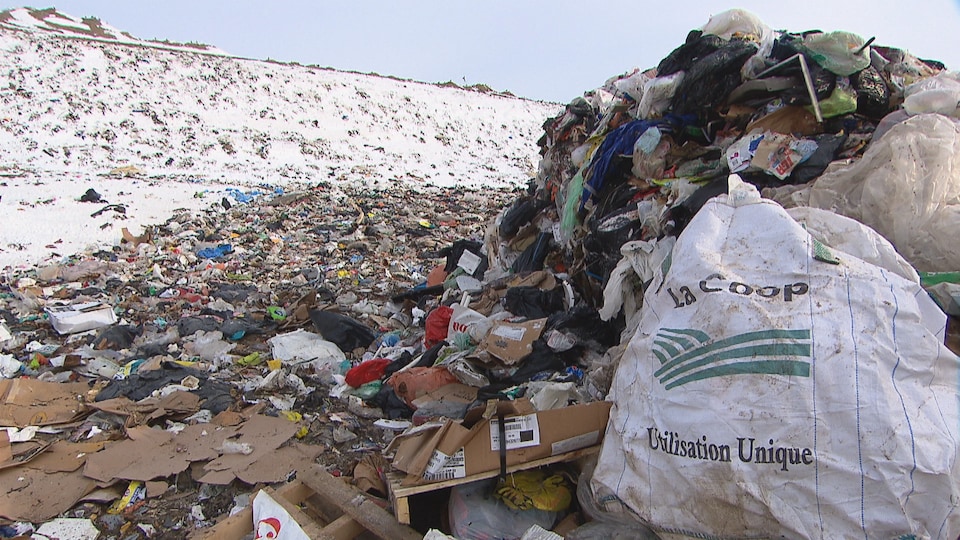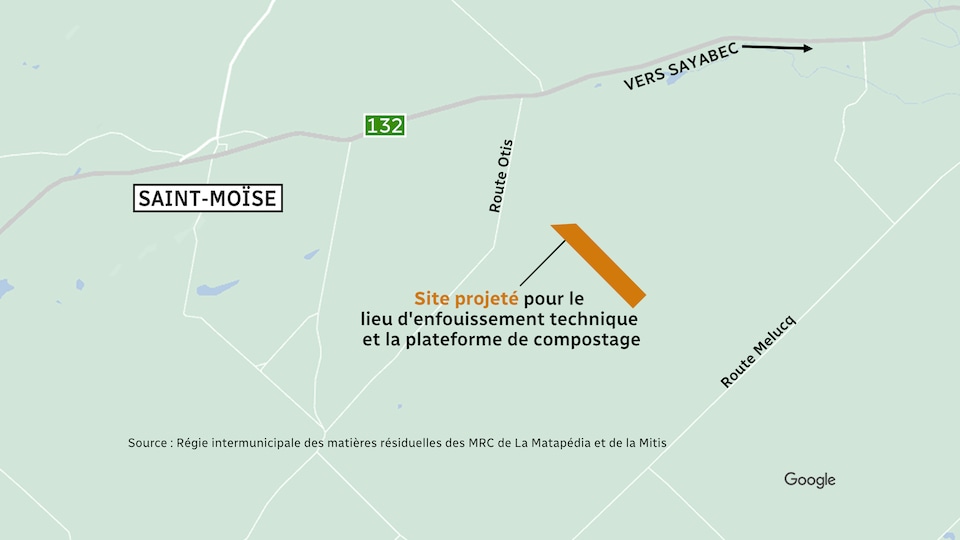The MRCs of La Mitis and La Matapédia would like to have their own waste treatment center in order to avoid sending their waste and organic matter to Cacouna, as is currently the case. They thus hope to reduce their environmental impact and the costs related to the management of residual materials, which have increased considerably in recent years.
Ultimately, the project should create at least three jobs.
According to documents filed with the Ministry of the Environment, the LET would consist of 16 cells of 5 hectares each which would be developed in phases. The place could annually accommodate about 13,600 m3 of waste, for an estimated duration of 35 years.
According to the impact study, the increase in traffic as well as the presence of unwanted odors or animals are among the inconveniences that will potentially be caused by the realization of this project for the citizens who live nearby. The nearest permanent residence is located 1.3 kilometers from the LET and a few others are within a 2 kilometer radius.
When you look at other sites across Quebec, it’s very far
says Vincent Dufour, who oversees the project at the Intermunicipal Residual Materials Processing Board (RITMR) of MRC of La Matapédia and La Mitis.
He adds, however, that the project must not be done to the detriment of the people of Saint-Moïse
and that they have their say. Now that the impact study has been filed, the Ministry of the Environment must deem it admissible and analyze it. The public can then request that the project be examined by the Bureau d’audiences publiques sur l’environnement (BAPE).
” We already know, and I strongly hope so, that there are people who are going to ask for hearings BAPE. From a democratic point of view, it is healthy to have hearings. »
It is unclear, however, whether the process will be fast enough for these hearings to take place in 2022.
For his part, the mayor of Saint-Moïse, Patrick Fillion, says he is following the project closely. We look at the impacts it can have, the good and the bad. We look both ways
he says.
One of the main concerns of its citizens, he says, concerns the pollution that the dump could generate in the surrounding waterways.
The impact study indicates, however, that it is unlikely
that the quality of the water is altered, in particular since the water which passes through the LET will be treated and evacuated by an independent collection network, so as to avoid contamination.
A follow-up of the quality of the treated water before its return to the environment is also planned in order to prevent potential contamination.
says the report, which however specifies that the risks are not zero.
Compensation for Saint-Moïse
For the moment, we do not know what compensation will be paid to the Municipality of Saint-Moïse in connection with this project.
There are different models that exist in Quebec, sometimes it’s focused on incoming tonnage, sometimes it’s focused on the tonnage generated by the municipality, sometimes it’s focused on something else
, explains Vincent Dufour. For example, the costs related to the maintenance of the roads that will be used to get to the site will not be borne solely by the Municipality.
” Our roads, we know how much it costs, there are a lot of culverts on it. Where they want to go to develop isn’t really a road, there’s sure to be a lot of work to be done. »
But before arriving there, the project will have to pass all the stages of the environmental authorization. If things go smoothly, the construction of the center, valued at $12.8 million, should begin in 2023, and the treatment of residual materials, in 2024. The entire project is estimated at $40 million. .
A meeting to present the results of the impact study to the population will also take place on May 31 at 7 p.m. at the Saint-Moïse municipal centre.
Reference-ici.radio-canada.ca

